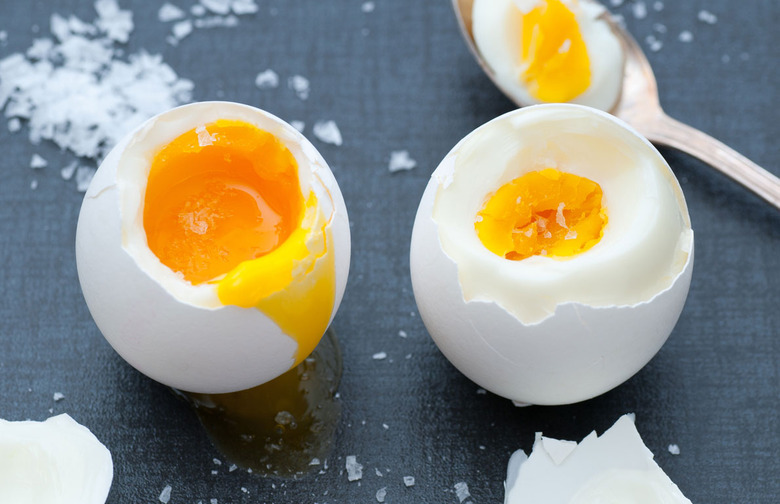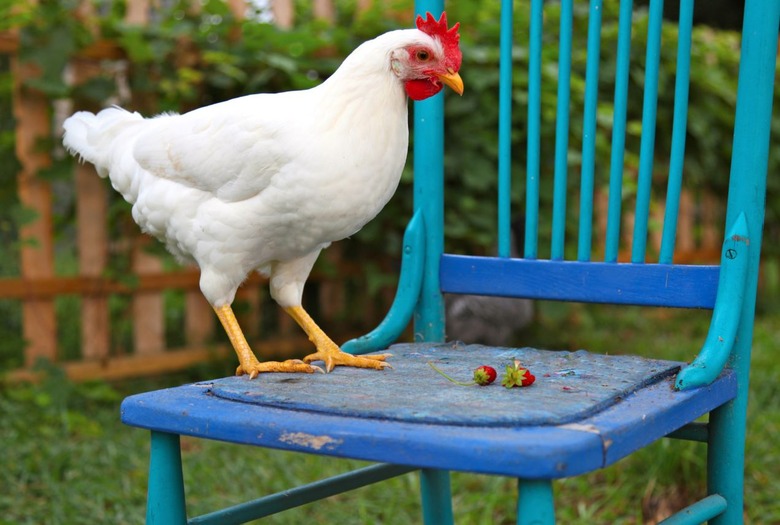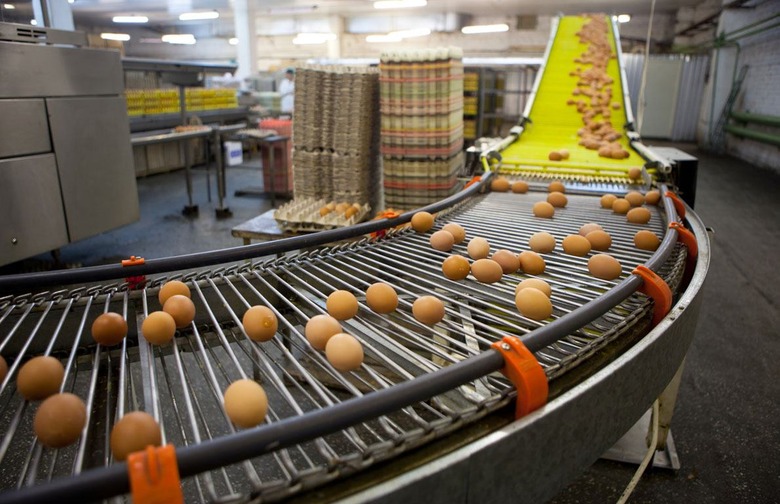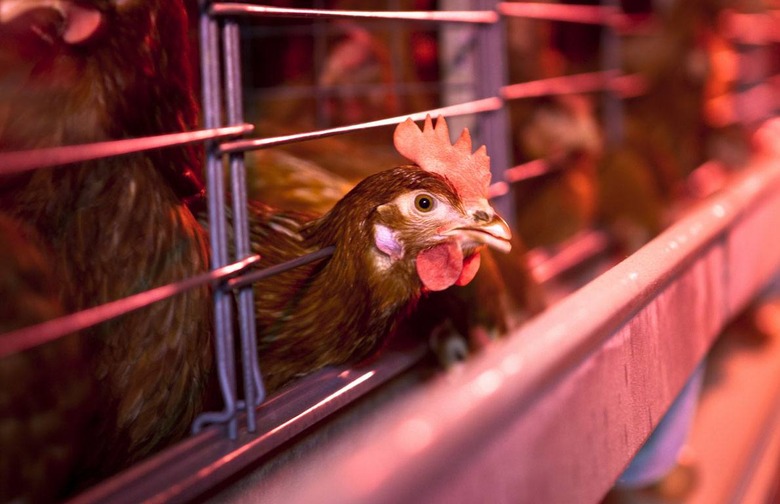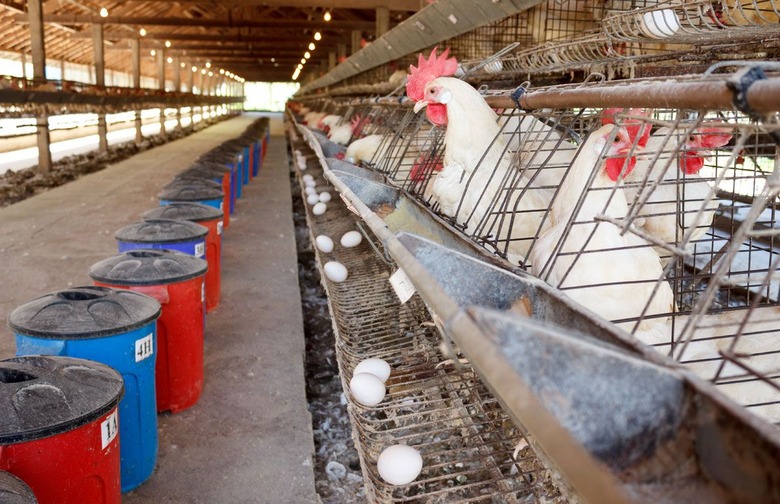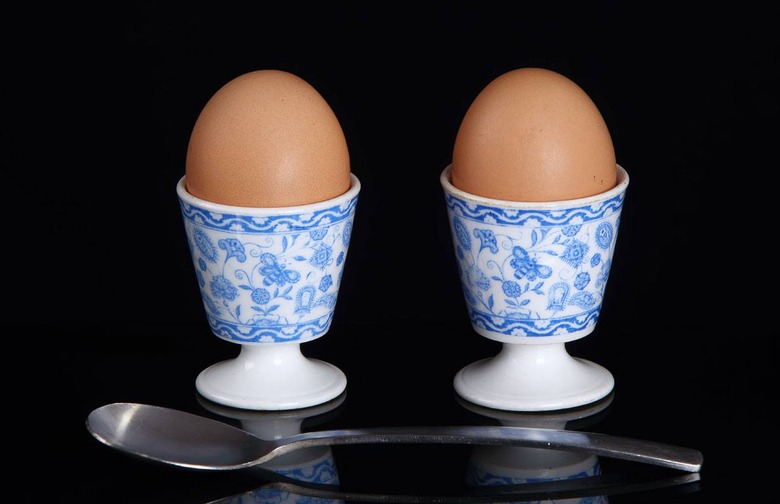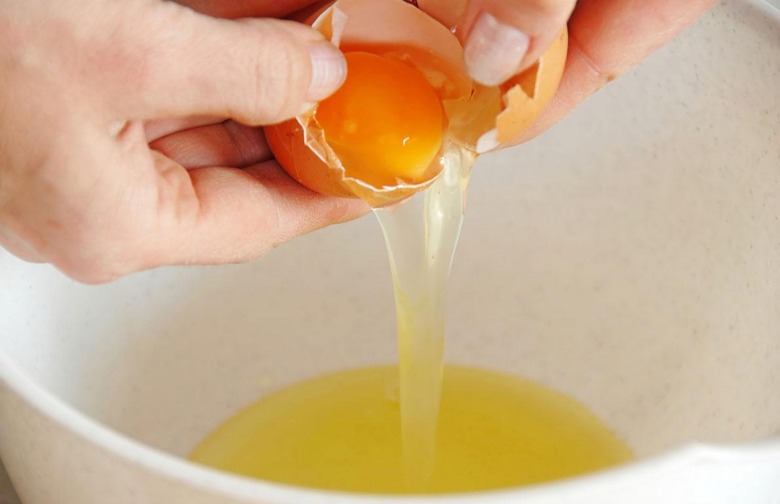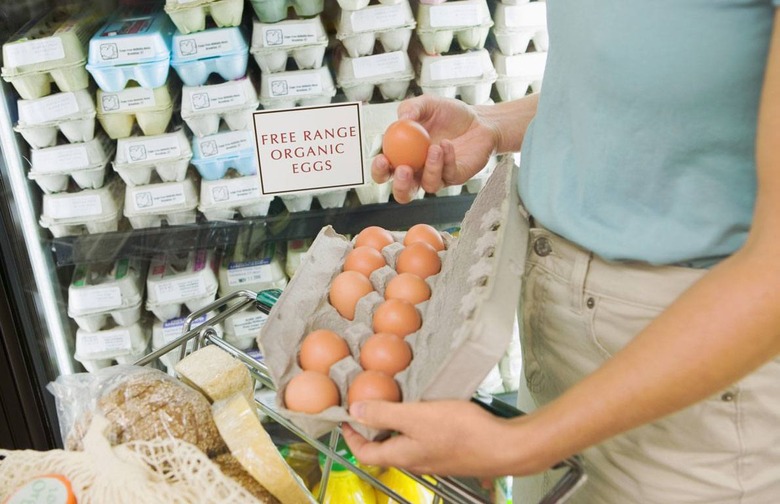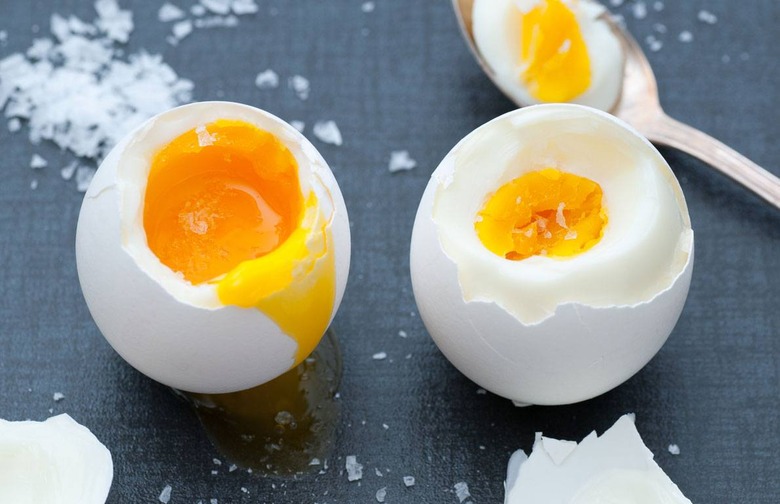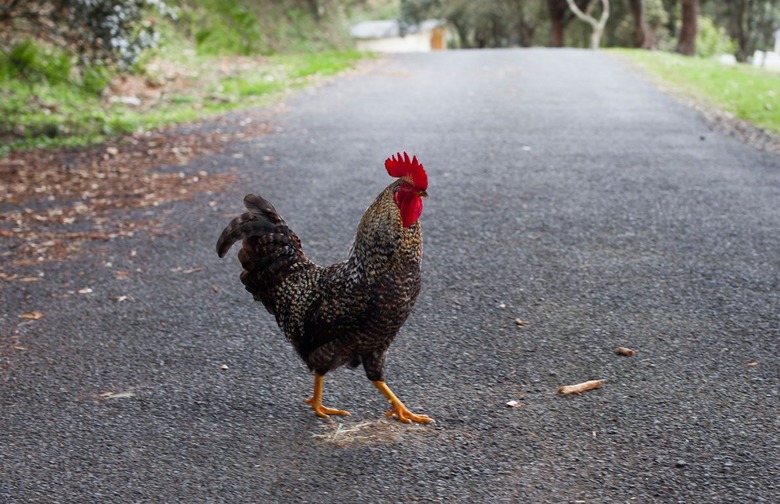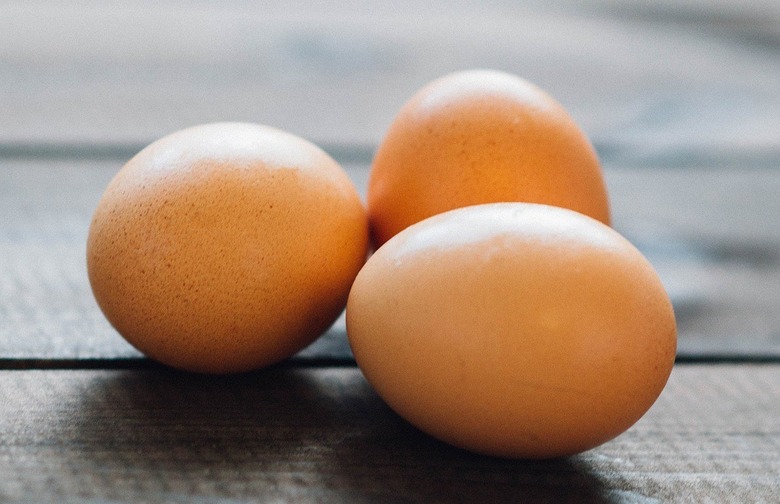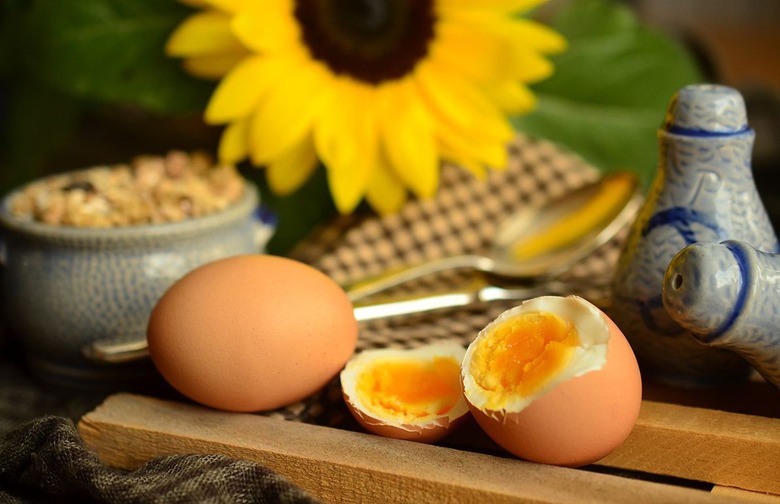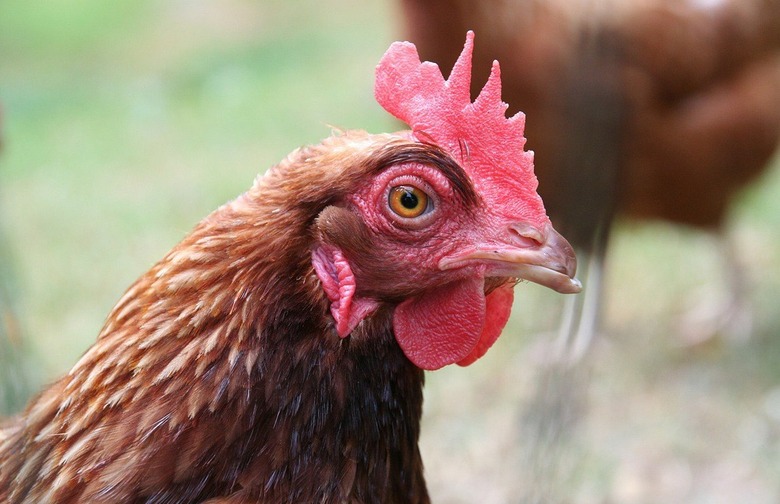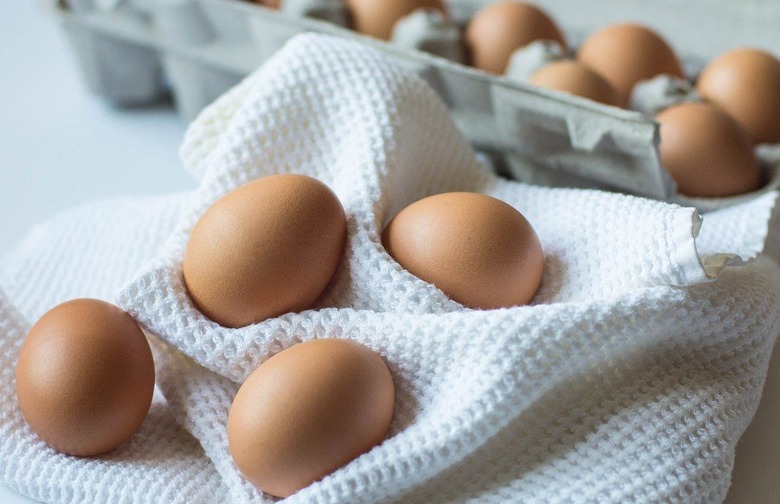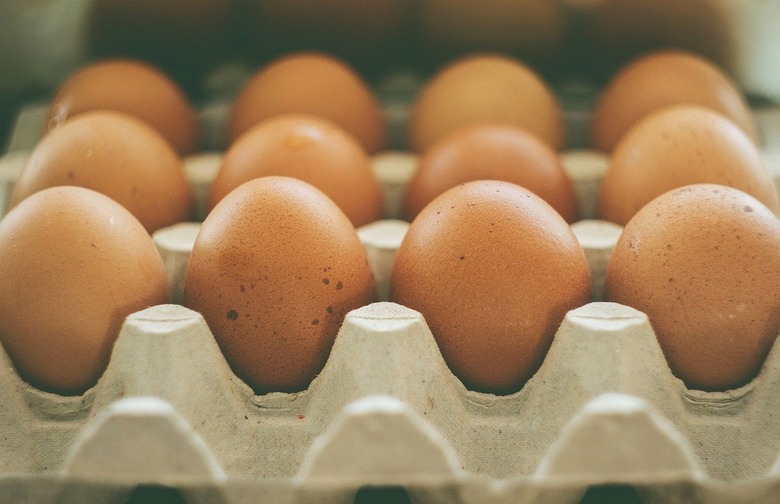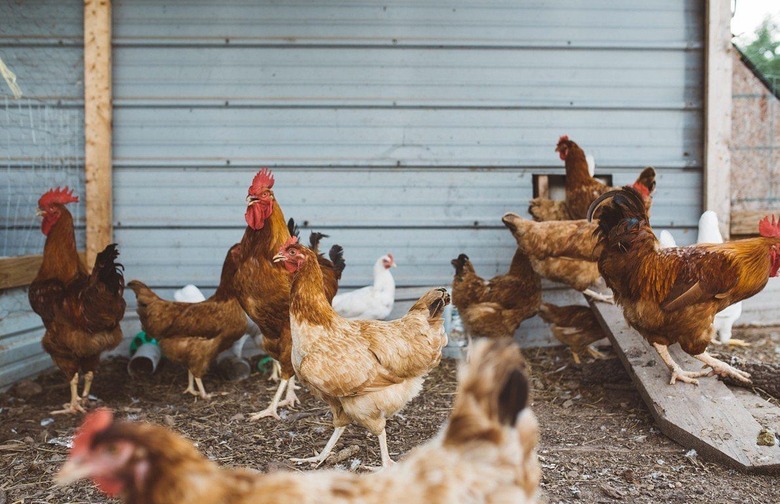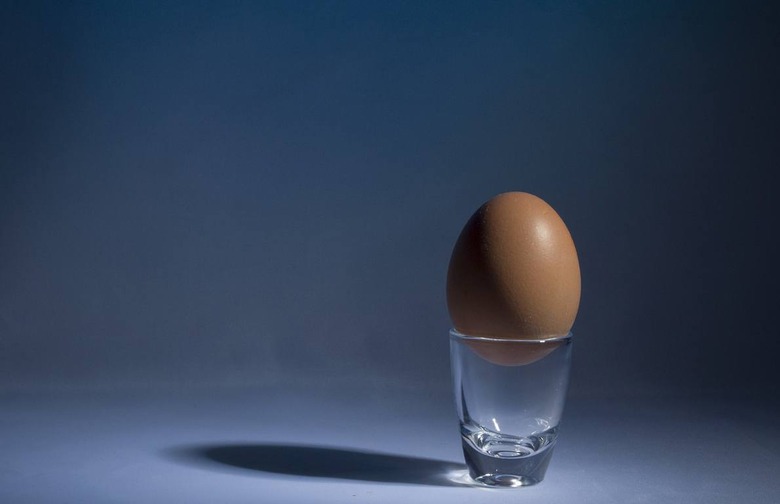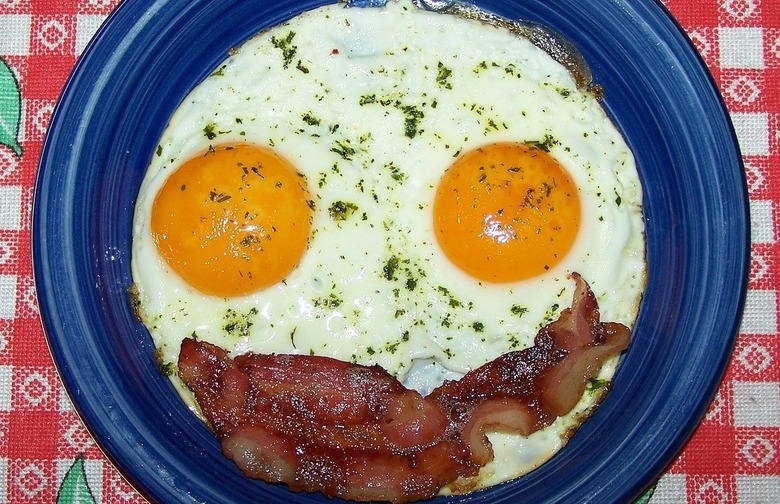19 Things You Didn't Know About Eggs
Chicken eggs are one of the most commonly eaten foods on the planet, and also one of the most versatile. They can be fried, poached, hard-boiled, deviled, coddled, shirred, or scrambled, and are incorporated, both cooked and raw, into thousands of recipes. They're the glue that holds much of the food we eat together, from brownies to meatloaf, and on top of all that, they're delicious and nutritious. But we bet that there are some things that you didn't know about the incredible versatile egg.
The Most Common Breed of Egg-Laying Chicken is the White Leghorn
The breed was first imported to America in 1828 from the Italian port city of Livorno; leghorn is an anglicization of the city's name. (Fans of the old Loony Tunes and Merrie Melodies cartoons may remember the strutting, stentorian rooster Foghorn J. Leghorn.)
Iowa is America's Top Egg-Producing State
Nearly 15 billion eggs are produced in Iowa every year, with the egg industry employing about 8,000 workers. Other top egg-producing states include Ohio, Indiana, and Pennsylvania.
219 Million Male Chicks are Killed by the Egg Industry Each Year
If only female chickens lay eggs, then what happens to all the male ones? Since leghorns aren't considered viable meat producers (as opposed to broiler chickens, which are raised exclusively for meat production), unfortunately the most obvious answer is the correct one.
One Leghorn Produces About 280 Eggs Per Year
Leghorns are lightweight and mature quickly, and also don't brood (sit on top of the eggs and behave threateningly toward all who approach), so they're perfectly suited to egg production. Some produce up to 320 eggs per year. Hens start laying eggs at 19 weeks, and as they get older, the eggs grow in size; the largest eggs are called Jumbo (30 ounces per dozen), while the smallest are called pee-wee (15 ounces per dozen).
You'll Exceed The Recommended Daily Cholesterol Limit If You Eat Two Eggs per Day
Each large egg contains about 186 milligrams of cholesterol, and the USDA recommends that we limit our cholesterol intake to 300 milligrams per day.
Fresh Eggs Have Cloudy Whites
The whites of fresh eggs are cloudy, those of old eggs are clear. Fresher eggs are also more difficult to peel than older eggs, because the "air cell" surrounding the inside of the shell increases in size over time. While eggs can still be used within three weeks of the "sell-by" date on the carton, we suggest you use fresher eggs for poached and fried eggs and older eggs for scrambled eggs and omelettes, because the older an egg is, the more it "spreads out."
Only 1.8 Percent of Eggs are Laid in Organic Conditions
We all want to eat more organic foods, presumably, but in fact a very small percentage of eggs are produced in accordance with the USDA National Organic Program standards, and these eggs cost about twice as much as standard eggs. In order to be certified organic, the hens can't be treated with any hormones or antibiotics, and their feed can't contain any genetically modified ingredients or any ingredients treated with pesticides or herbicides, and can't be grown with fertilizers that contain chemical or synthetic additives.
They’re Loaded with Vitamins and Minerals
While they may be high in cholesterol, eggs are a lot more than just that and protein. They also contain antioxidants that help with eye health (lutein and zeaxanthin), vitamins A, B12, D, riboflavin, folate, and phosphorous, and an essential nutrient called choline, which helps with brain function.
That White String is Called the Chalaza
You know how when you crack an egg, there's the white (called the albumen), the yolk, and that strange white string? It's actually called the chalaza, and its job is to hold the yolk in place in the center of the white. It's completely edible, but is sometimes removed in baking for aesthetic reasons.
The Why Did the Chicken Cross the Road?
It's the oldest joke in the book, but did you know where it first appeared? In the March 1847 edition of The Knickerbocker, a New York-based monthly magazine: "...There are 'quips and quillets' which seem actual conundrums, but yet are none. Of such is this: 'Why does a chicken cross the street?['] Are you 'out of town?' Do you 'give it up?' Well, then: 'Because it wants to get on the other side!'" How droll!
There’s an Easy Way to Tell if an Egg is Hard-Boiled or Not
If you spin an egg and it spins around easily, it's hard-boiled. If it wobbles, it's raw.
There’s an Easy Way to Clean a Dropped Egg
Cleaning a dropped egg up off the floor can be a gloopy, messy task. To make the work a lot easier, douse it in salt first.
Egg Protein is Just About Perfect
The proteins in eggs contain a near-perfect mix of amino acids that are needed to build muscle. The only thing that works better is mother's milk!
Why Are Some Eggs Bigger Than Others?
The older the hen, the bigger the egg.
Brown Eggs Come from Brown Chickens
If you ever encounter a brown egg, that's because it was laid by a brown or red chicken. White eggs are laid by white chickens.
They Have a Really Long Shelf Life
Eggs can stay good in the refrigerator for up to a month after the sell-by date on the carton. If you're unsure whether an egg is safe to use or not, just crack it open. If it smells bad, throw it out!
There’s a Good Reason Why They Don’t Hatch
In order for an egg to hatch, it needs to be fertilized by a male rooster. The chickens in the egg farm aren't cavorting with roosters!
They’re the Least-Expensive Source of High-Quality Protein
An egg only costs about 17 cents, on average.
Double-Yolked Eggs Are Fairly Common
There are two reasons why you might sometimes crack open an egg to reveal two yolks: it could have either been laid by a very young hen (whose egg production cycle isn't synchronized yet) or a very old hen (which produces very big eggs).
